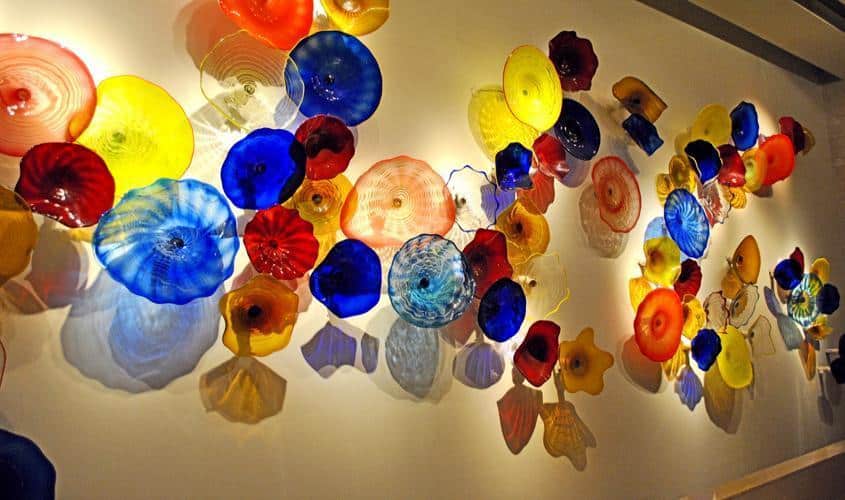Glass Art Worth Experiencing!
Glass Art Worth Experiencing
You use a glass mirror to see your face; you see works of art to see your soul.“ George Bernard Shaw. Imagine both of these combined. This bliss is termed as glass art.
Glass art has been used as a decorative piece since the medieval period. Several modern-artists, using their talent, combine the temporary touch with the traditional style to create an astounding piece of glass art which reflects different aspects of life. Most of them feature multi-coloured glass which spreads light all across the area where it is placed with rainbow lights making the entire view mesmerizing.
Creating a glass art is a long and strenuous process. There are different methods involved which are as follows:
Hot Glass
Glass art made using the hot glass method involves giving shape to a molten glass ball. The recommended melting temperature is 1200-1300°C. The glass becomes malleable at this temperature which eases the process.
Glass melted through the hot glass method can be easily used in sculpting, casting into molds and glassblowing. By using this method, one can make decorative ornaments, glass sculptures, vases, goblet, bowls, etc.
Cold Glass
Cold glass technique cannot be applied alone. It is followed with either the warm or hot glass technique. Some of the many examples of this technique include etching, engraving, grinding, polishing, etc. The glass appears frosted when the etching is done through acid or the sandblasting approach is followed. The materials surface is etched away for creating a pattern by using either of the aforementioned processes which are explained briefly below:
Using acid: In this process, an acid like Hydrofluoric is applied to the glass surface which can make the glass translucent and create a matte finish on it.
Sandblasting: Blasting a gritty material with air against the glass surface is known as Sandblasting. Usually, in this method, Aluminium Oxide or Silica Carbide are used as the grit mediums. The result of both the processes will be same. However, this method is safer than the first one.
Flame Working
This technique involves using a table-mounted torch for softening and shaping borosilicate glass, soda lime glass roads or tubes which are pre-made. Generally, flame working is followed to create ornaments, jewellery, small figurines, beads, etc., and preferably using the borosilicate glass because it can easily withstand extreme temperatures without getting cracked.
Warm Glass
Also known as Kiln-formed glass method, Warm Glass method includes using three processes which are:
Fusing: The shape of glass is retained but the glass becomes sticky and the adjacent pieces get joined together.
Slumping: The shape of glass deforms resulting in the glass becoming flexible without losing its solidness.
Casting: The glass melts completely, turning into thick and viscous liquid which can take the shape of any mould that it is put into.




